Basement Membrane Disease Eye
Basement membrane disease eye. Anti-glomerular basement membrane GBM disease is a rare disease estimated to affect 05-2 cases per million of the population. The manual SK techniques of epithelial debridement removal of aberrant basement membrane and subepithelial debris and focal disruption of Bowmans layer with stromal puncture followed by a 6-to-12-week period of bandage SCL therapy are almost invariably associated with the reestablishment of a firmly adherent corneal epithelium that tends to remain optically clear. Why a new society.
Epithelial basement membrane corneal dystrophy EBMD also called map-dot-fingerprint dystrophy is an eye condition that affects the cornea. The only abnormal finding in this disease is a thinning of the basement membrane of the glomeruli in the kidneys. In this condition the basement membrane under the corneal epithelium does not function properly.
We now have a better understanding of the causes and symptoms of EBMD. Thin basement membrane disease TBMD also known as benign familial hematuria and thin basement membrane nephropathy or TBMN is along with IgA nephropathy the most common cause of hematuria without other symptoms. Basement Membrane Disease is a condition in which the epithelium surface of the cornea does not adhere properly and results in chronic painful non-healing corneal ulcerations.
Its importance lies in the fact that it has a. Dry eye diseases sticky wicket Consider this sneaky condition in patients who have a healthy tear film but still experience discomfort. Epithelial Basement Membrane Dystrophy also known as map-dot-fingerprint Cogans microcystic dystrophy or anterior basement membrane dystrophy Disease Epithelial basement membrane dystrophy EBMD is a disease that affects the anterior cornea causing characteristic slit lamp findings which may result in decreased vision andor recurrent corneal erosions.
Anterior basement membrane dystrophy ABMD is a disease affecting the basement membrane of the corneal epithelial cells and is the most common corneal dystrophy. As a result you may develop one or both of these conditions. Autoantibodies against the alpha 3 subunit of type 4 collagen are pathogenic in anti-GBM disease and the subunit is classically considered to be restricted to the basement membrane of the glomerulus and lung.
Epithelial basement membrane corneal dystrophy EBMD also called map-dot-fingerprint dystrophy is an eye condition that affects the corneaThe epithelium is the corneas outermost layer and the basement membrane is the layer that the epithelium attaches to. In this article cornea experts review their approaches to managing these cases and how the type and severity of symptoms play into their decision-making process. The cornea maintains a strong and durable barrier between the eye and environment as well as a transparent medium to permit passage of light and images into the posterior segment.
It diverges from the formal definition of corneal dystrophy since it is non-familial in most cases. The animal cornea consists of the superficial epithelium and basement membrane large and relatively acellular stroma deeper Descemet membrane and deep single layer endothelium.
Anti-glomerular basement membrane GBM disease is a rare disease estimated to affect 05-2 cases per million of the population.
If your dog. T hough epithelial basement membrane dystrophy isnt difficult to diagnose deciding on the proper course of treatment for the cases that warrant it can be a challenge. Its importance lies in the fact that it has a. The animal cornea consists of the superficial epithelium and basement membrane large and relatively acellular stroma deeper Descemet membrane and deep single layer endothelium. This condition was previously known as Boxer Eye and though we do still see it quite commonly in Boxers we now know it affects many other breeds as well and occurs in middle aged and older dogs. Anterior Basement Membrane Corneal Dystrophy is the official name for Map Dot Fingerprint Corneal Dystrophy. The ultrastructural appearance of the glomerular basement membrane in thin basement membrane disease TBMD resembles that seen in some patients with Alport syndrome and in some cases this disease is. The basement membrane functions as a sticky anchor over which the epithelium grows. The epithelium is the corneas outermost layer and the basement membrane is the layer that the epithelium attaches to37013703 EBMD occurs when the epithelial basement membrane develops abnormally resulting in folds in the tissue.
Epithelial basement membrane dystrophy is one of the most common conditions diagnosed by eye-care professionals. T hough epithelial basement membrane dystrophy isnt difficult to diagnose deciding on the proper course of treatment for the cases that warrant it can be a challenge. Thin basement membrane disease TBMD also known as benign familial hematuria and thin basement membrane nephropathy or TBMN is along with IgA nephropathy the most common cause of hematuria without other symptoms. Vision can be affected as well but usually only to a minor degree. Alport syndrome is an X linked disease that results in renal failure deafness and ocular abnormalities including a dot and fleck retinopathy and anterior lenticonus. The condition usually affects people over 30 years of age. The epithelium is the corneas outermost layer and the basement membrane is the layer that the epithelium attaches to37013703 EBMD occurs when the epithelial basement membrane develops abnormally resulting in folds in the tissue.
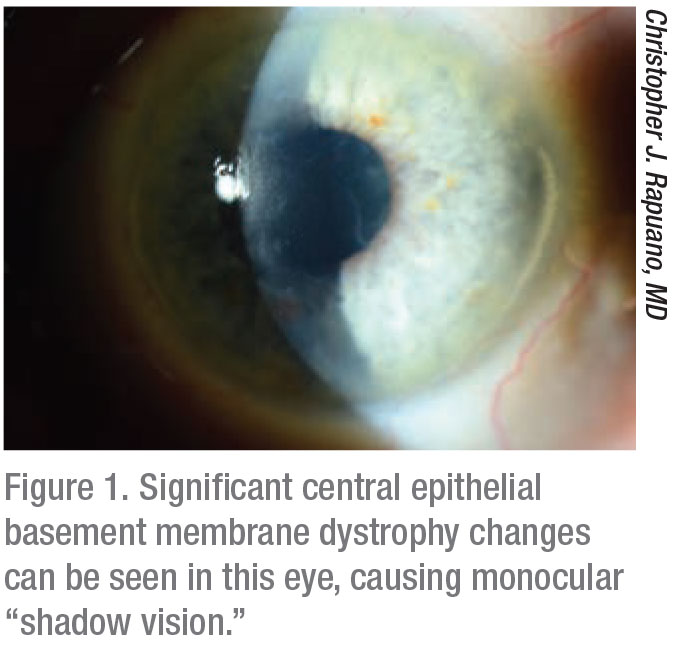

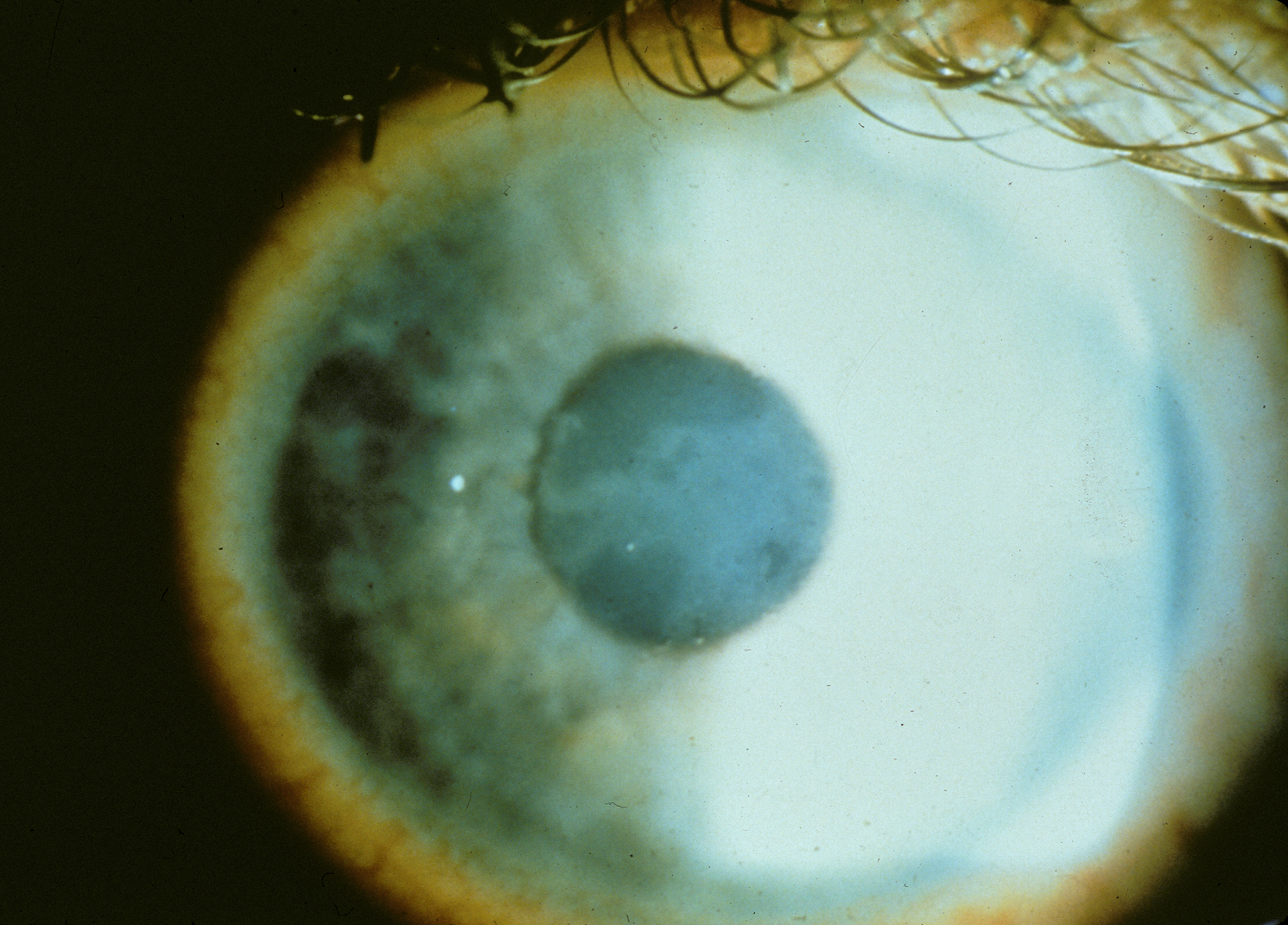

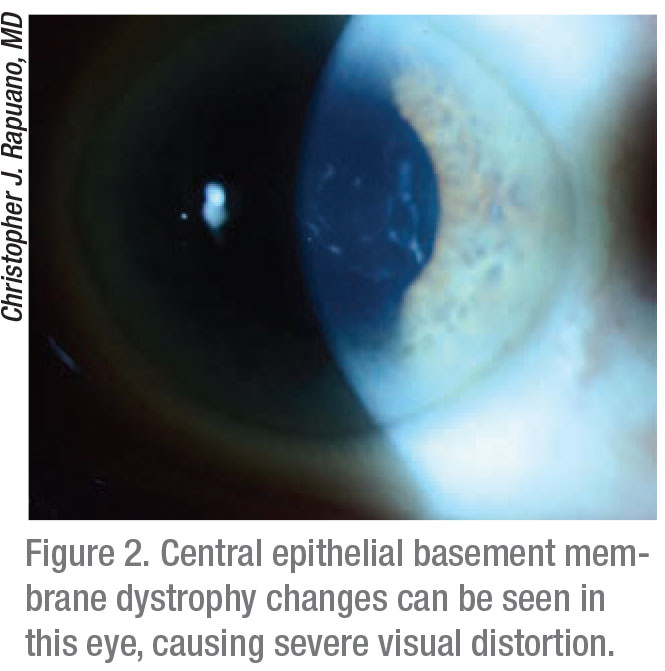



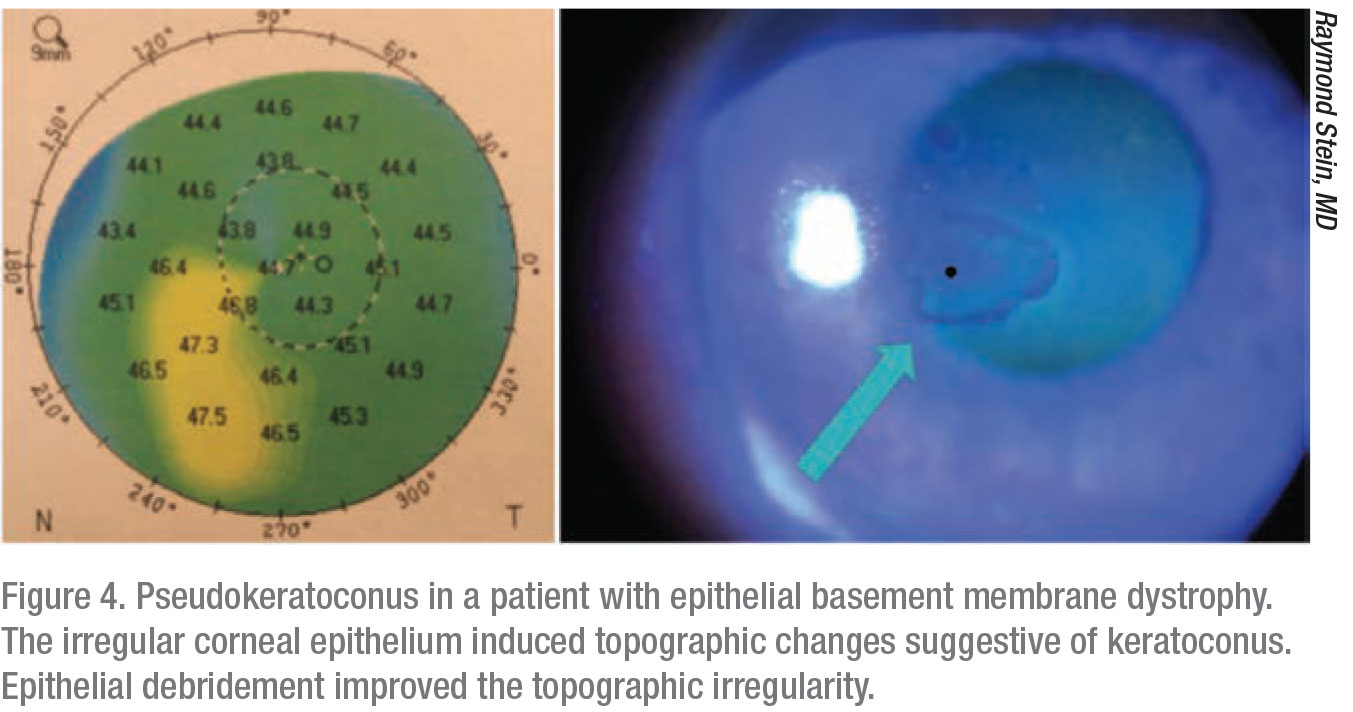


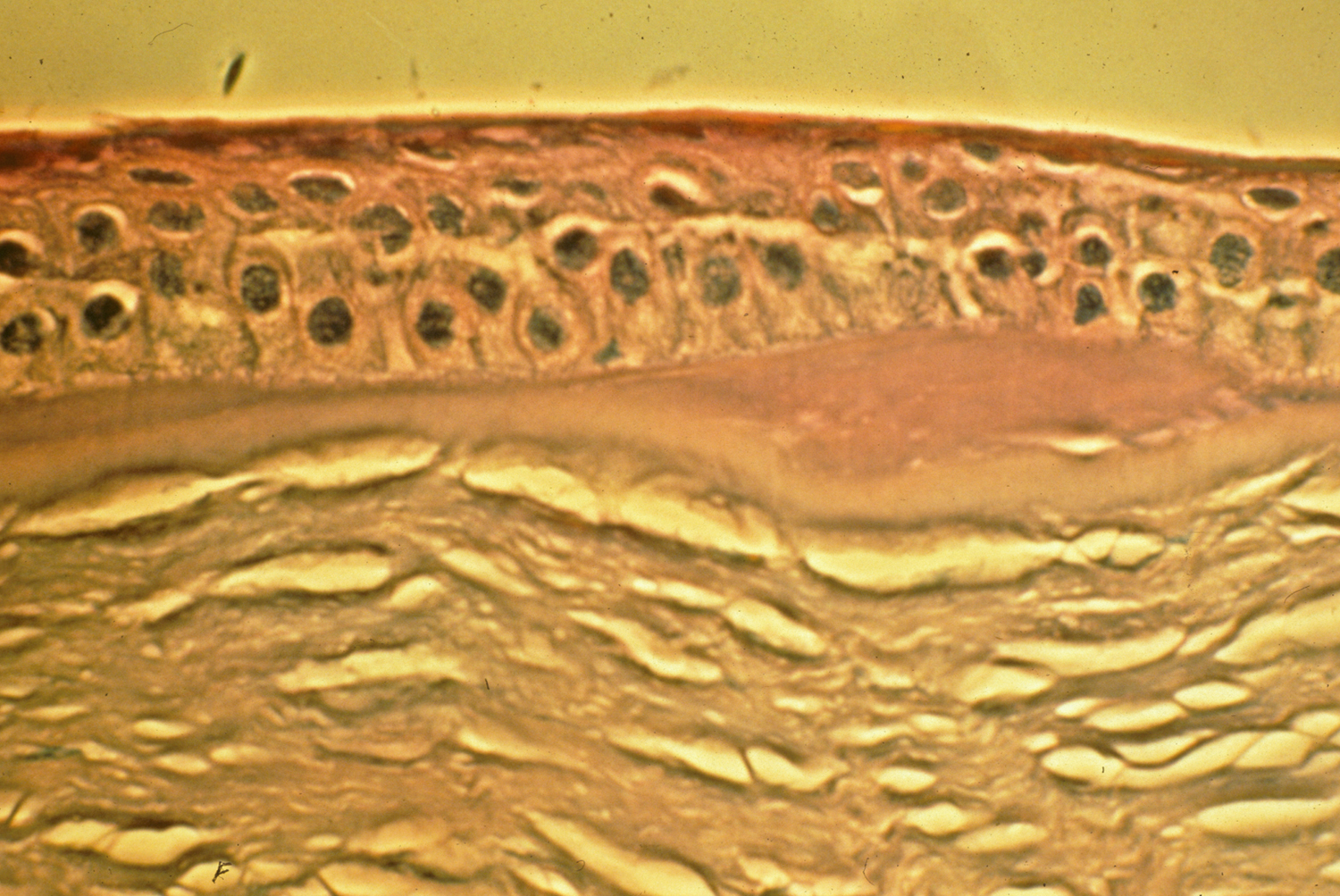
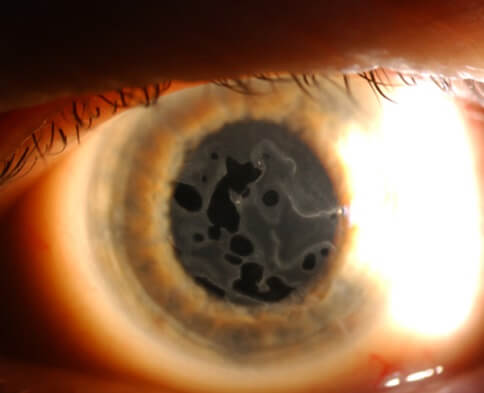
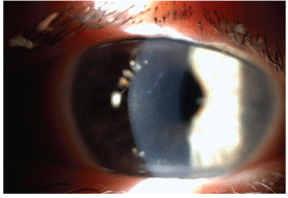
/GettyImages-510964845-56ad23885f9b58b7d00af0b6.jpg)
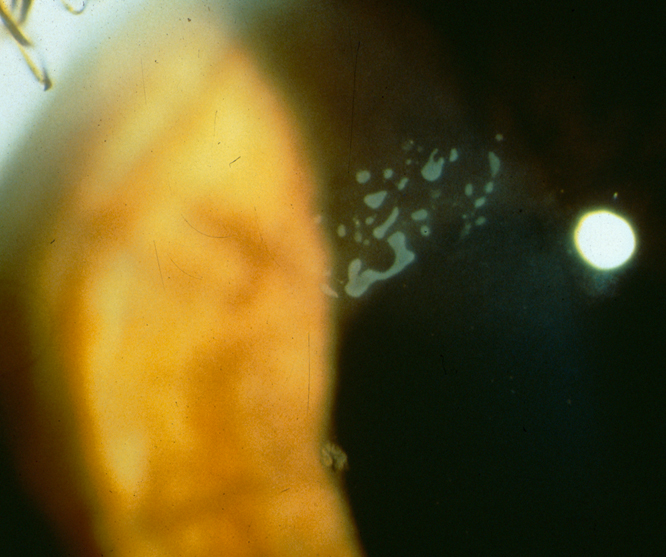



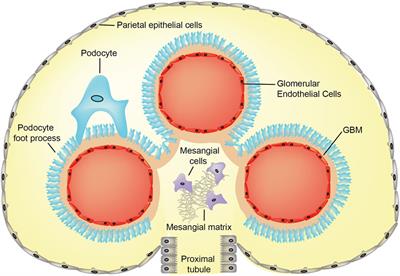











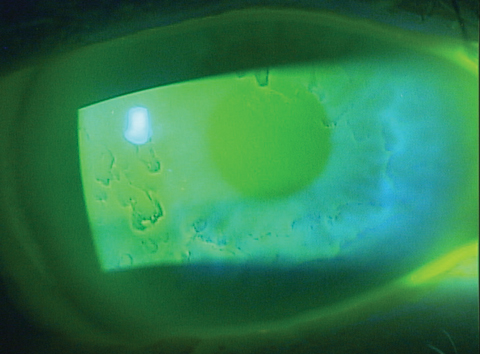

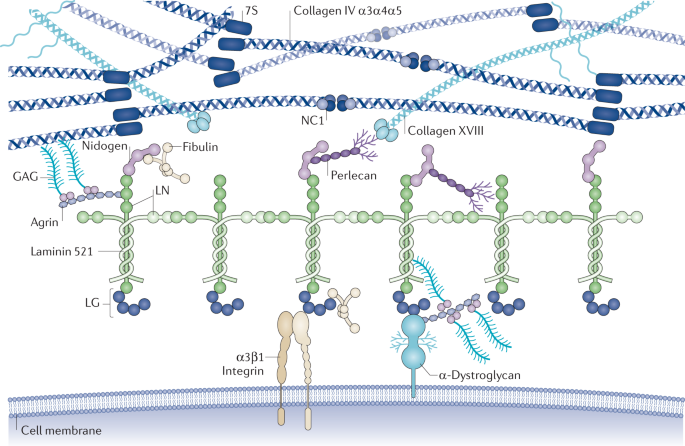


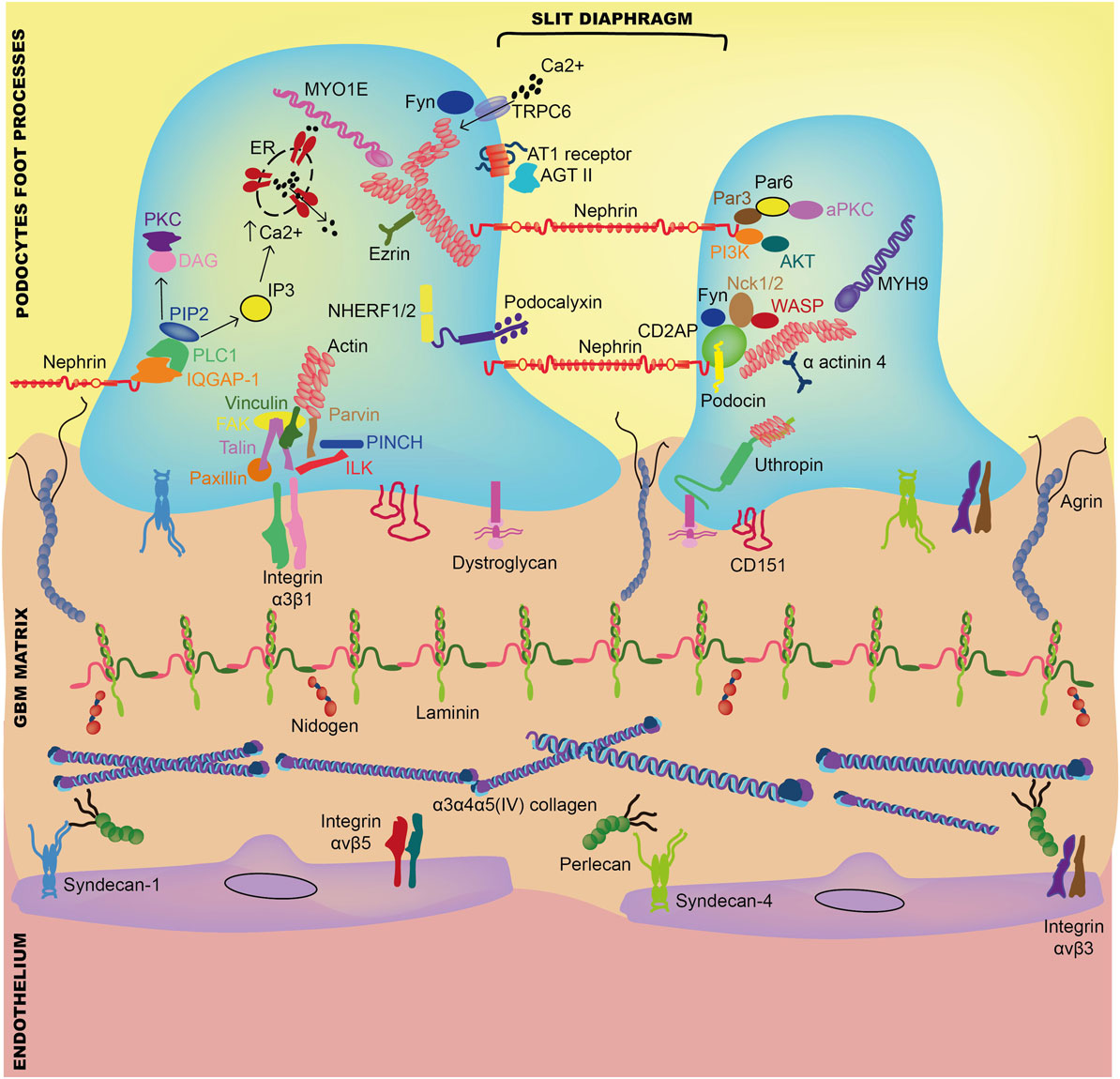

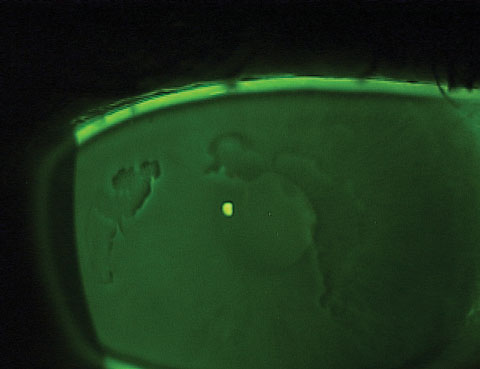

Post a Comment for "Basement Membrane Disease Eye"